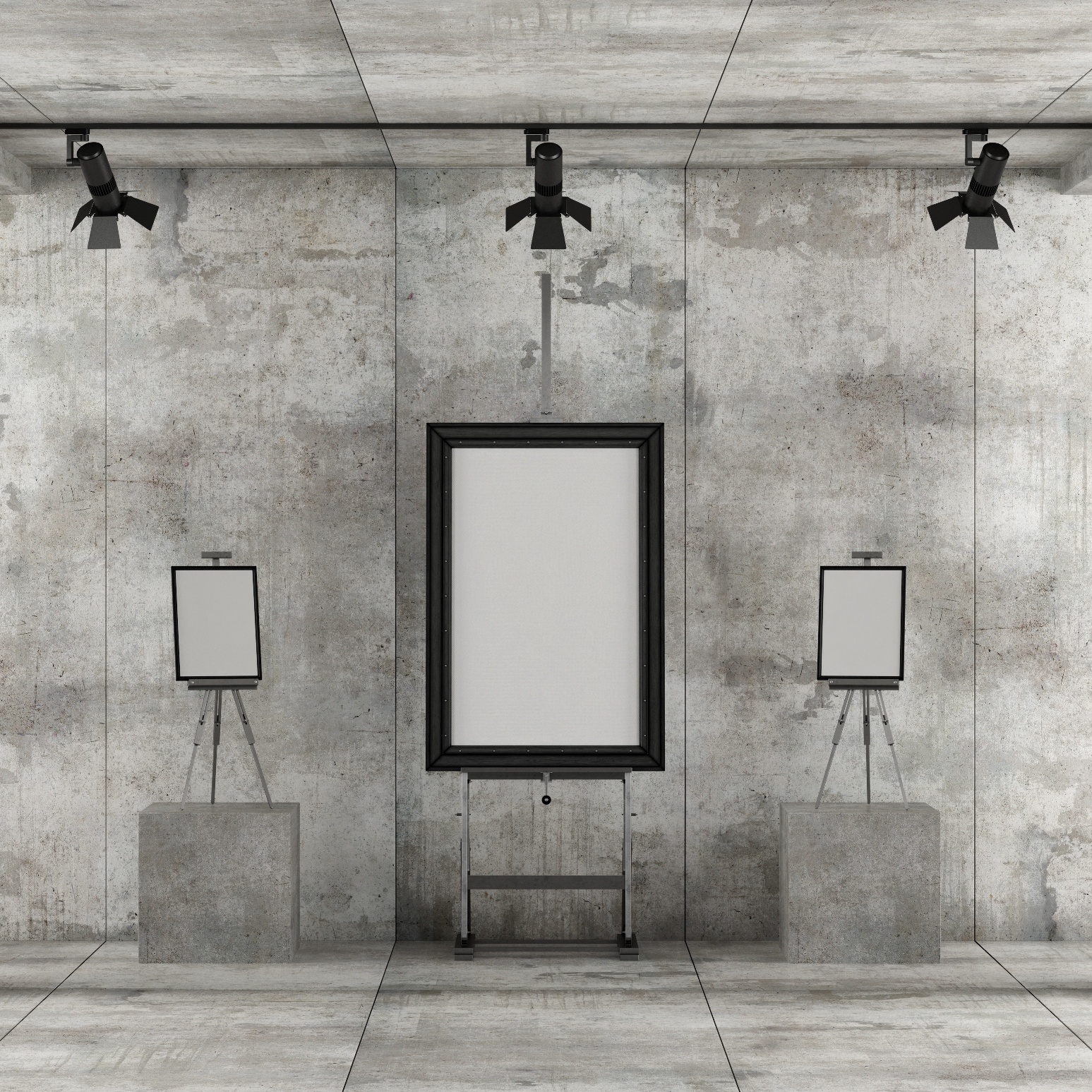Any gallery art installation represents the final outcome of the hard intellectual and physical labor of its curators and art handlers. To achieve the best visual and aesthetic effect, curators have to take into account a large number of factors and variables. Here is a glimpse of how the installation process occurs and what aspects play the most important role in it.
The Role of Curatorial Narrative in Gallery Art Installation
There should always be a clear curatorial intent behind every gallery installation. That’s why the exhibition typically guides viewers through a curatorial narrative and flow aimed at achieving a particular emotional effect. Curators think over the artwork sequences that support their story the best; they experiment with chronological, thematic, or abstract connections to make the story coherent and conceptually traceable.
Spatial Dynamics in Galleries
Each art object, though being a part of the exhibition, deserves a bit of attention on its own. Thus, in most cases, curators give enough “breathing room” to every exhibit by positioning it strategically within the gallery space. This way, viewers are encouraged to view every art object independently and don’t experience visual clutter or overlapping.
Hanging Height and Art Dimensions
The rule of thumb says that most art objects should be placed at the human eye level to enhance their viewing. This equals a height of 57-60 inches, but certain curatorial deviations from the norm are also possible. Artwork placement can follow a different visual logic depending on the walls’ dimensions, furniture, or the gallery’s design specifics.
The Role of Lighting and Environment
Gallery lighting is a special matter of concern during the installation planning process. It should be non-damaging, UV-filtered, and adjustable to give curators more freedom in customizing the settings. Light plays a vital role in presenting the artwork from the best possible perspective, so it should be used to highlight each object’s texture, color, and depth without overshadowing or distorting it.
Security and Conservation Considerations
Security is part and parcel of gallery art installation planning. Safe installation guarantees the integrity of delicate, fragile art objects and safeguards the interests of art owners. Objects should be placed on the walls and pedestals using museum-grade hardware and professional materials, such as brackets, cleats, and security hangers. Additional security measures include artwork positioning away from radiators, vents, and direct sunlight. Sculptures also require extra stabilization measures or anchoring for risk prevention.
